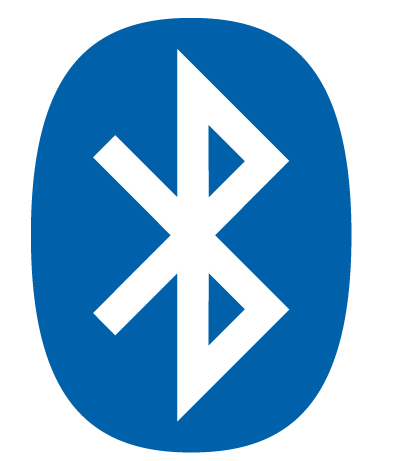If you've never heard of the Bluetooth MAP profile, I don't blame you. Bluetooth profiles are super, super boring stuff. But stay with me here, because you may be more interested in MAP than you thought.
Do you own a car that is "Bluetooth-enabled"? If your car's model year is somewhere in the neighborhood of the last 3 to 4 years and supports Bluetooth, it probably uses the MAP standard to communicate with your phone. Ford Sync / MyFord Touch, BMW iDrive, and many Lexus models use it. And if you own an Android phone and a Bluetooth-ready car, you've probably noticed that they probably don't play very nicely together. While it's easy to blame this on car manufacturers being behind the times and only looking out for iPhone owners, that's not entirely true. You see, before the current Bluedroid Bluetooth firmware stack that's now a core part of the Android OS existed, phone OEMs were often left to fend for themselves when it came to advanced Bluetooth feature support, as Google only provided the basic BlueZ stack with Android. Some of them, like Motorola, even supported MAP. But when Bluedroid came along in Android 4.2, phone makers switched over, and the result was often a loss of features (see this Google Code thread, for example), including, for example, MAP.
Many devices never supported MAP at all, though, and as such, Android smartphones developed a pretty bad rap for in-car Bluetooth functionality, particularly when it came to things like voice commands. With Android 4.4, this changes - the Android Bluetooth stack now natively supports the MAP profile, which should mean expanded interoperability with in-car Bluetooth functions. MAP does have other uses, but its primary application to date has been in vehicles. Just another KitKat tidbit you might have glossed over!
Check out our Android 4.4 overview if you want to know more about the latest version of Google's mobile OS, and stay tuned for additional feature spotlight posts.

